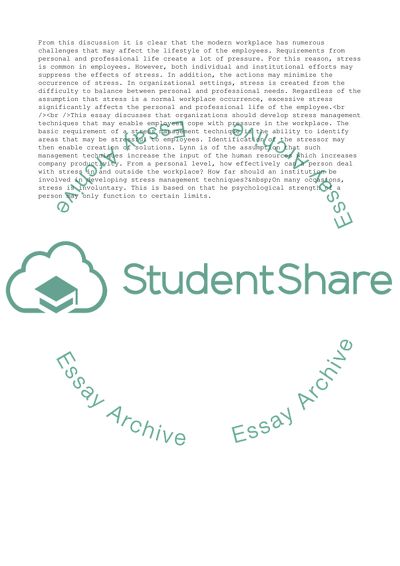Cite this document
(“Stress Management in/outside of the Workplace Research Paper”, n.d.)
Stress Management in/outside of the Workplace Research Paper. Retrieved from https://studentshare.org/management/1659812-stress-management-inoutside-of-the-workplace
Stress Management in/outside of the Workplace Research Paper. Retrieved from https://studentshare.org/management/1659812-stress-management-inoutside-of-the-workplace
(Stress Management in/Outside of the Workplace Research Paper)
Stress Management in/Outside of the Workplace Research Paper. https://studentshare.org/management/1659812-stress-management-inoutside-of-the-workplace.
Stress Management in/Outside of the Workplace Research Paper. https://studentshare.org/management/1659812-stress-management-inoutside-of-the-workplace.
“Stress Management in/Outside of the Workplace Research Paper”, n.d. https://studentshare.org/management/1659812-stress-management-inoutside-of-the-workplace.


